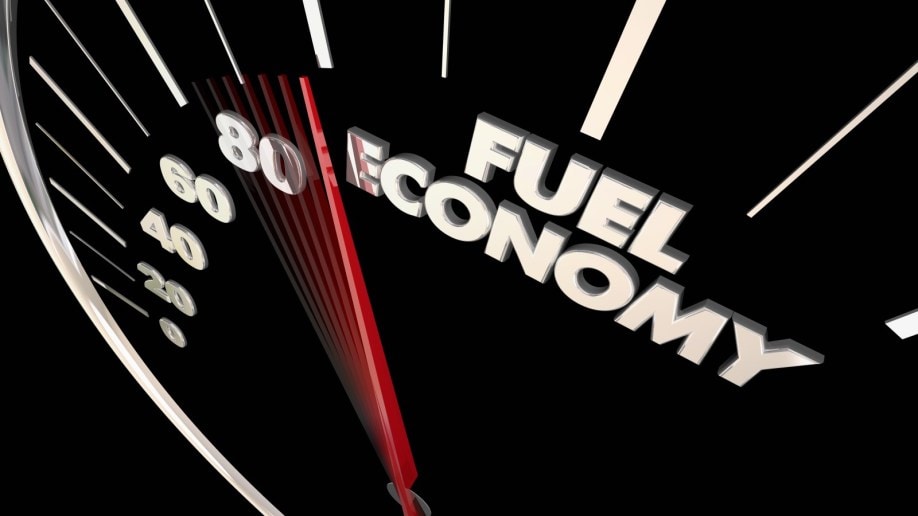
Rules Don’t Apply to Each Vehicle
CAFE rules can be confusing. The rules don’t mean each vehicle must average 49 mpg in 2026. The government uses formulas – one for cars, a different one for trucks – involving a vehicle’s wheelbase and track dimensions to calculate a separate requirement for each vehicle.
Those rules are used to calculate different requirements for each automaker’s fleet. This ensures that a company that builds only pickups, like Ram, isn’t held to the same standards as a company that primarily builds small vehicles, like Mitsubishi.
They also don’t quite match the numbers found on car window stickers. The government uses a different formula to calculate those.
But the new standards should raise the average mpg of the cars on American roads over time.
CAFE standards are not the only environmental requirements that automakers must meet. The National Highway Traffic Safety Administration (NHTSA) issues these, which govern how far a vehicle must travel on each gallon of gas. The Environmental Protection Agency establishes separate requirements for greenhouse gas emissions.
Could Lead to Gas Savings
NHTSA officials claim that the new standards will save the average driver about $1,400 in gasoline costs during the lifetime of a 2029 model year vehicle. However, NHTSA expects the cost of the average vehicle to rise by nearly $1,100 during the time.
Carbon dioxide emissions would drop by 2.5 billion metric tons by 2050 under the new requirements.
May Not Bring Major Changes, Because Major Changes Are Already Under Way
Automakers are unlikely to make major changes to their lineups to meet the new rules. Most are already releasing new electric vehicles (EVs) that dramatically improve their fleet averages. CAFE calculations effectively give extra credit for EVS — each has an outsize effect on improving a corporate average.
General Motors, for instance, has pledged to sell a mostly electric fleet by 2035. Ford has not set a public goal for EV sales, but has introduced several new EVs, including an electric version of America’s best-selling vehicle, the F-150 pickup.
Many automakers sell the same vehicles on several continents and are already retooling their fleets to meet even more stringent European mileage requirements.
Related:
- The Most Fuel-Efficient Sedans of 2022
- What is MPGe? Everything You Need to Know
- The Most Fuel-Efficient Hatchbacks of 2022







